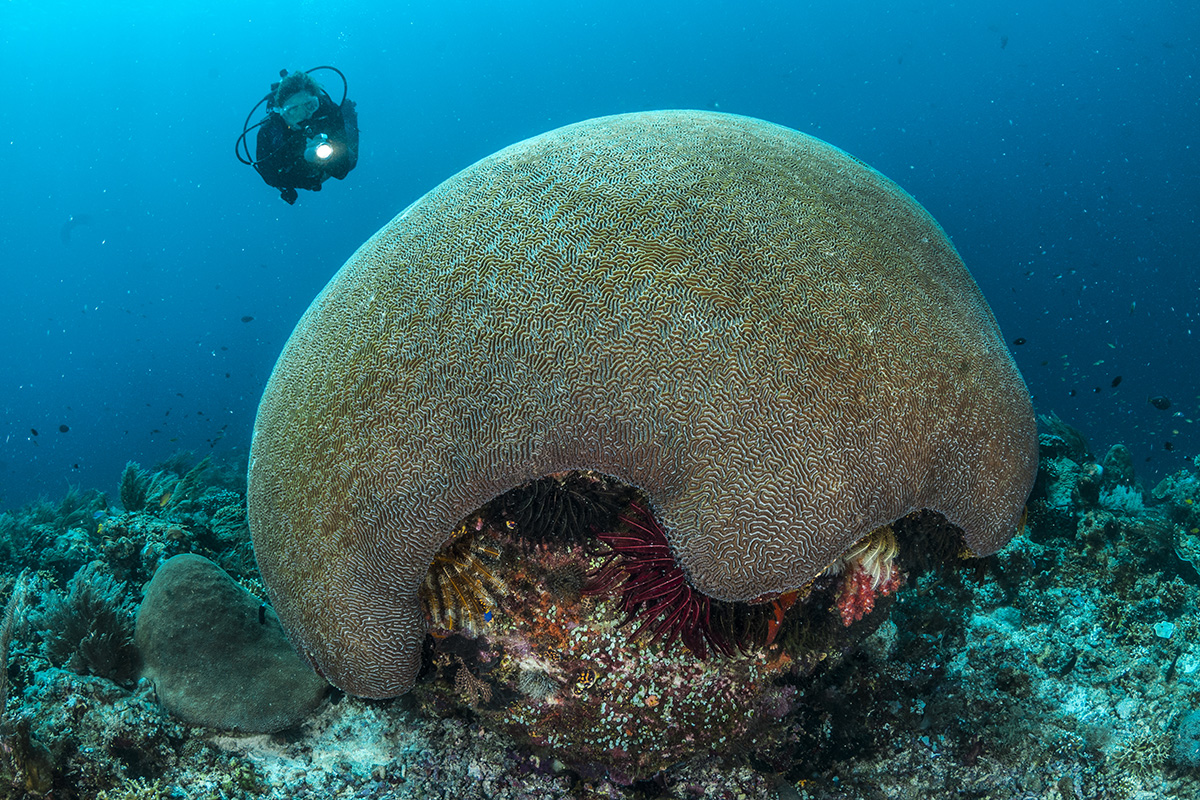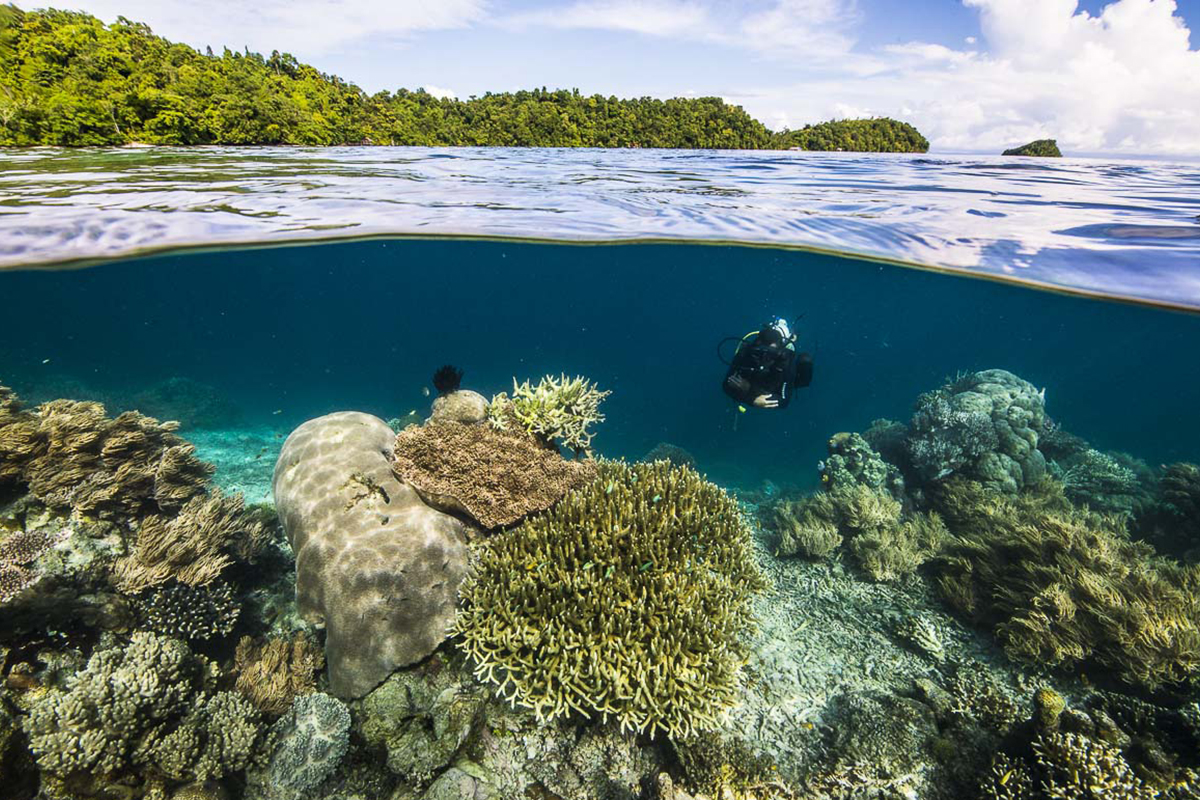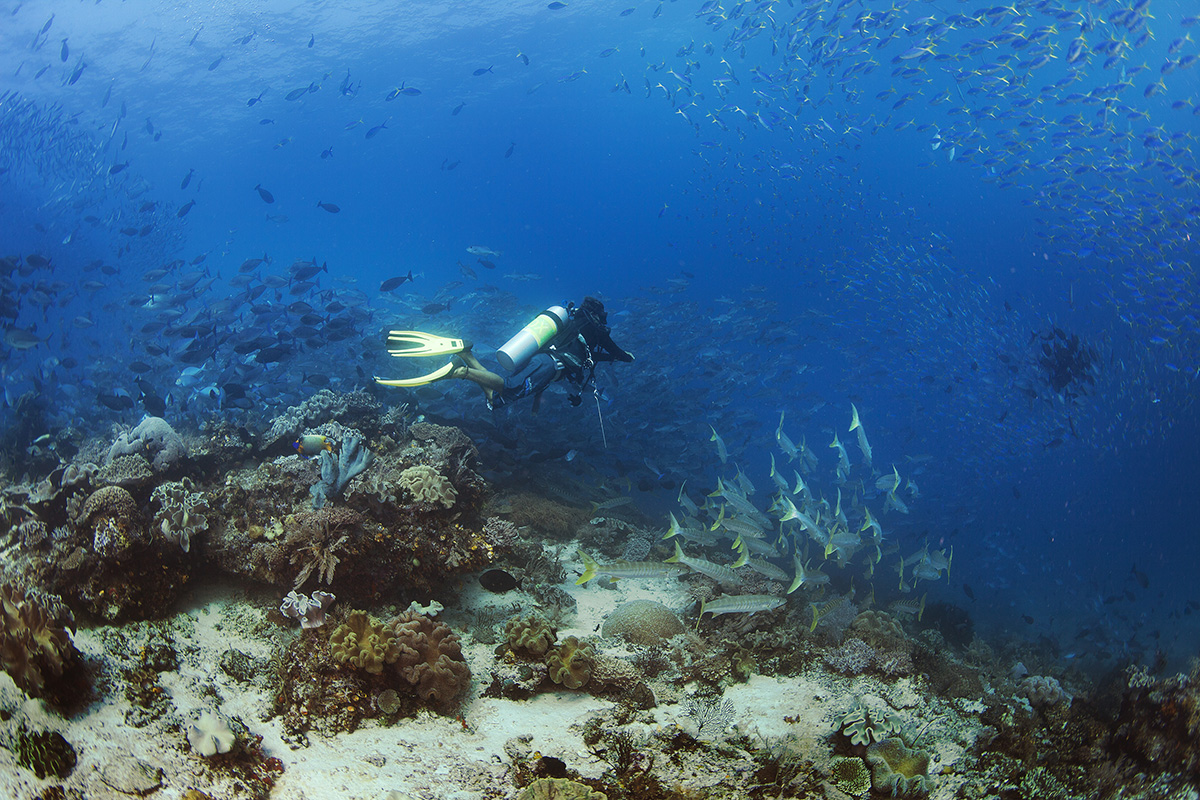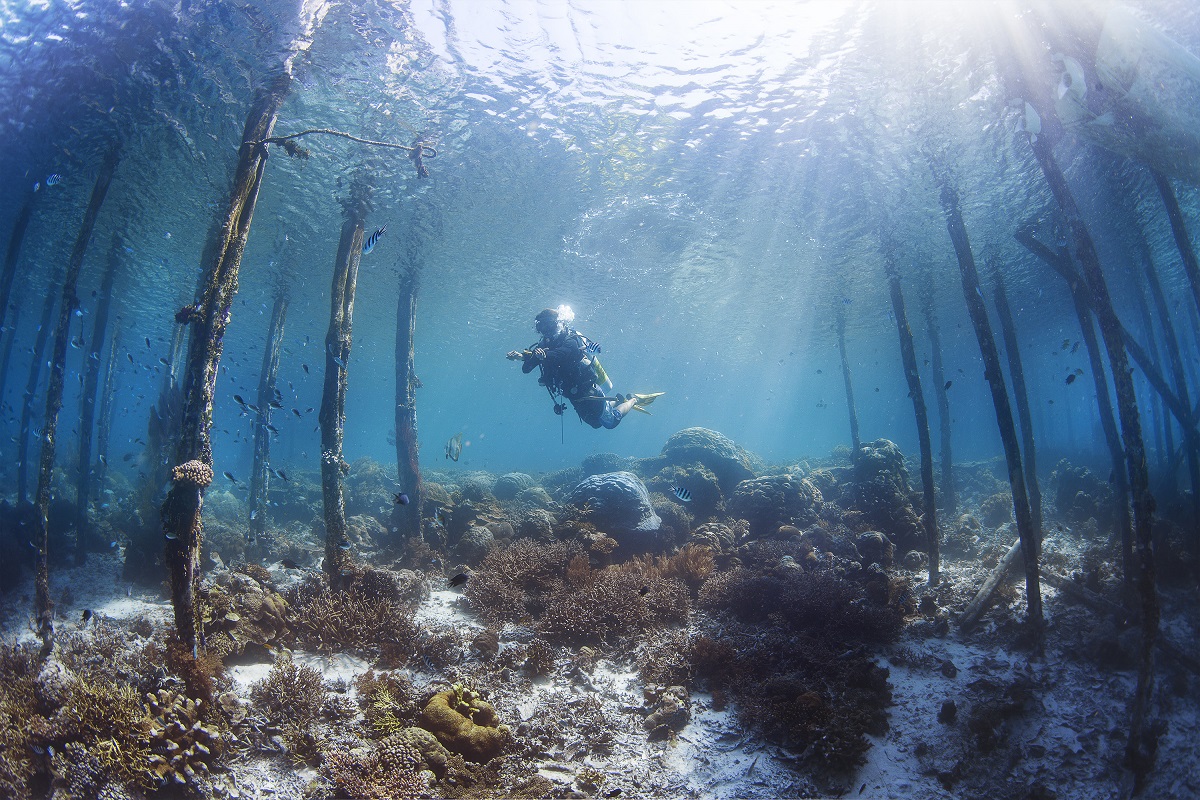Buoyancy Control Tips for Every Scuba Diver
When you begin diving, you may assume that buoyancy comes naturally. However, many new divers become frustrated with how difficult it actually is. Buoyancy control is incredibly important to ensure you don’t get too close to the reef. Lack of control can result in the reef getting damaged and marine life being disturbed.
When diving in Raja Ampat, the currents can make it a challenge to get close enough to the reef to see all the amazing underwater life. This is why you will need to be confident in your buoyancy control. Hopefully we can help out with our buoyancy control tips for every scuba diver.
1. Get your weight right
Being properly weighted is crucial for maintaining buoyancy. There is a fine balance here. You must have enough weight to allow you to descend but not cause you to descend.
Many dive instructors will (admittedly) overweight their dive trainees and newer divers to help them to descend. This can be ok at first, but you need to adjust later to ensure you are in control, not the weights.
If you are carrying excess weight, you will need to compensate with your BCD. This in turn makes it difficult to control your position in the water. You don’t want to be fiddling with your BCD the whole time you’re diving. It’s best to check with your dive instructor or guide to make sure everything is well balanced.
2. Relax
When you dive, it is imperative that you are as relaxed as possible. It’s good to remember that even the most experienced divers can get some nervous butterflies before they dive. Sometimes without realizing this may make you move your body more than you think. These movements, no matter how small, will cause upward thrust to push you towards the surface. This is why you need to take a deep breath and let your whole body relax and be still. Point your fins straight down and let your body sink without resistance.
3. Breathe
Scuba diving has way more to do with breathing than most people think. Yes, you have a device feeding you oxygen but you are still the one doing all the work. And the way you breathe matters to your buoyancy. More air in your lungs increases your buoyancy and more shallow breaths will decrease it.
Newer divers tend to have more adrenaline rushing through their bodies, which causes them to take shorter less steady breaths. If you are an experienced diver you will be more aware of the rhythm and length of your breaths. This takes time and practice but is essential for maintaining control. In Raja Ampat there are challenging dives and keeping a calm steady rhythm to your breaths is the best way to handle difficult situations.
4. Practice makes perfect
Your BCD is an essential piece of equipment for steadying your buoyancy. You must be aware of how it reacts to the addition or release of air. This takes practice, especially if you are renting gear. As with everything else in diving, take time to make sure you know how it works, how it reacts, and get comfortable with it.
Practice and patience are truly the keys to finding your perfect buoyancy. Don’t rush and suffer later on when you can’t control yourself later on. You want to be able to take your time and be able to get as close as possible to the reef without touching it. It’s worth the effort to practice, relax, breathe, and know your equipment before you end up in a situation that endangers yourself or the reef ecosystem.
How long did it take you to get comfortable with your buoyancy? We’d love to hear about your experience and also your top tips in the comments box below.




